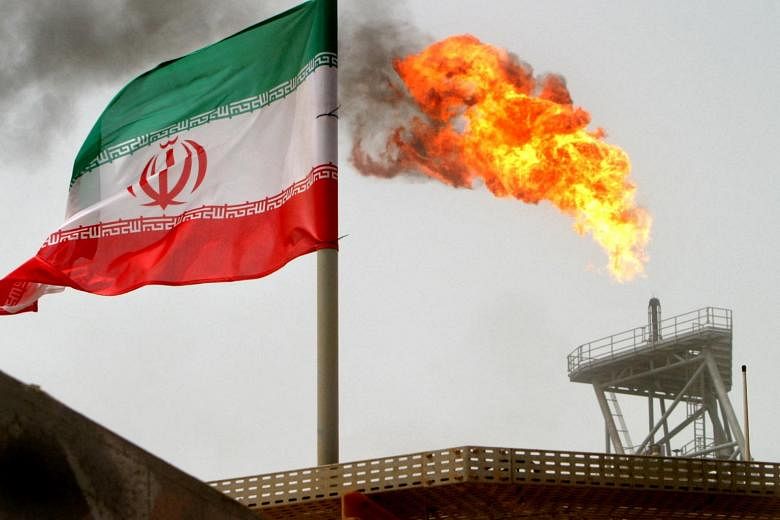SINGAPORE (BLOOMBERG) - Oil dropped during a volatile session on Thursday (Feb 17) as traders weighed the possibility that an Iranian nuclear deal may be imminent, while tracking tensions over Ukraine that swung financial assets from gold to stocks.
West Texas Intermediate traded above US$92 a barrel after losing more than 3 per cent in early trade.
Iran’s top negotiator, Mr Ali Bagheri Kani, tweeted that efforts to restore the deal are “closer than ever” to agreement, although the US State Department was more circumspect. Teheran appears to be taking steps in Asia for its official return to the market, with officials from state-owned National Iranian Oil meeting South Korean refiners.
Crude pared losses following a report from Russian news agency RIA Novosti that Moscow-backed separatists claimed that Ukrainian forces had violated ceasefire rules overnight. While Russia has insisted that it is serious about easing tensions and denies that it plans an invasion of its smaller neighbour, the United States says Moscow is still building up troop levels near the border.
There is a “perfect recipe for high volatility”, said Ms Vandana Hari, founder of Vanda Insights in Singapore. “The quantum of risk premium now stacked in crude guarantees sharp knee-jerk sell-offs on signs of a de-escalation and equally panicky buy-backs if tensions return.”
Crude rallied to its highest since 2014 earlier this week as demand picked up and the Ukraine crisis added a risk premium. Should a deal with Iran be concluded, it could lead to a resumption of sanctions-free exports, augmenting global supplies. Still, obstacles to an agreement remain substantial, with major differences on what is required to roll back Iranian nuclear advances.
The reintroduction of sanctions-free Iranian shipments, as well as clearing crude that Teheran has stockpiled, would cool a market that has been transfixed by the possibility that futures could hit US$100 a barrel.
“Positive developments in the US-Iran nuclear negotiations are helping to calm oil prices,” Rystad Energy senior vice-president Claudio Galimberti said in a note. “Although not a done deal yet, prices are sliding on news of progress and broad consensus in the talks as it could ultimately see up to 900,000 barrels a day of crude added to the market by December this year.”
There have been further signs this week that oil demand is outpacing supply. On Wednesday, US data showed that inventories at the key storage hub in Cushing, Oklahoma, had sunk to the lowest since 2018. Dated Brent, the price of cargoes bought and sold in the North Sea, reached US$100.80 a barrel for the first time since 2014.
Energy consumption is being fired up as economies power back from the impact of the Covid-19 pandemic. Europe is leaving anti-virus curbs behind, with Germany and Greece poised to become the latest in the region to unwind regulations.

